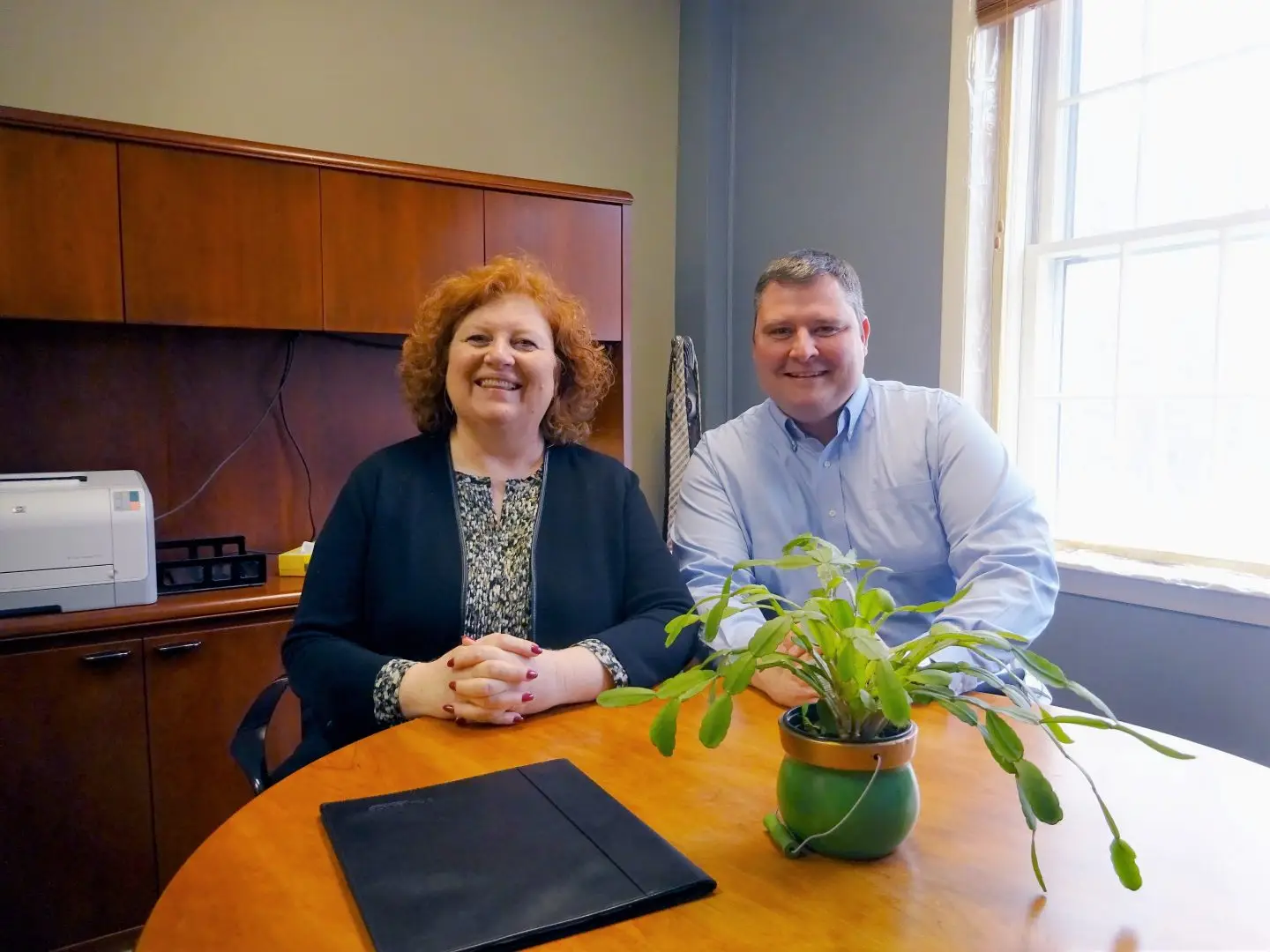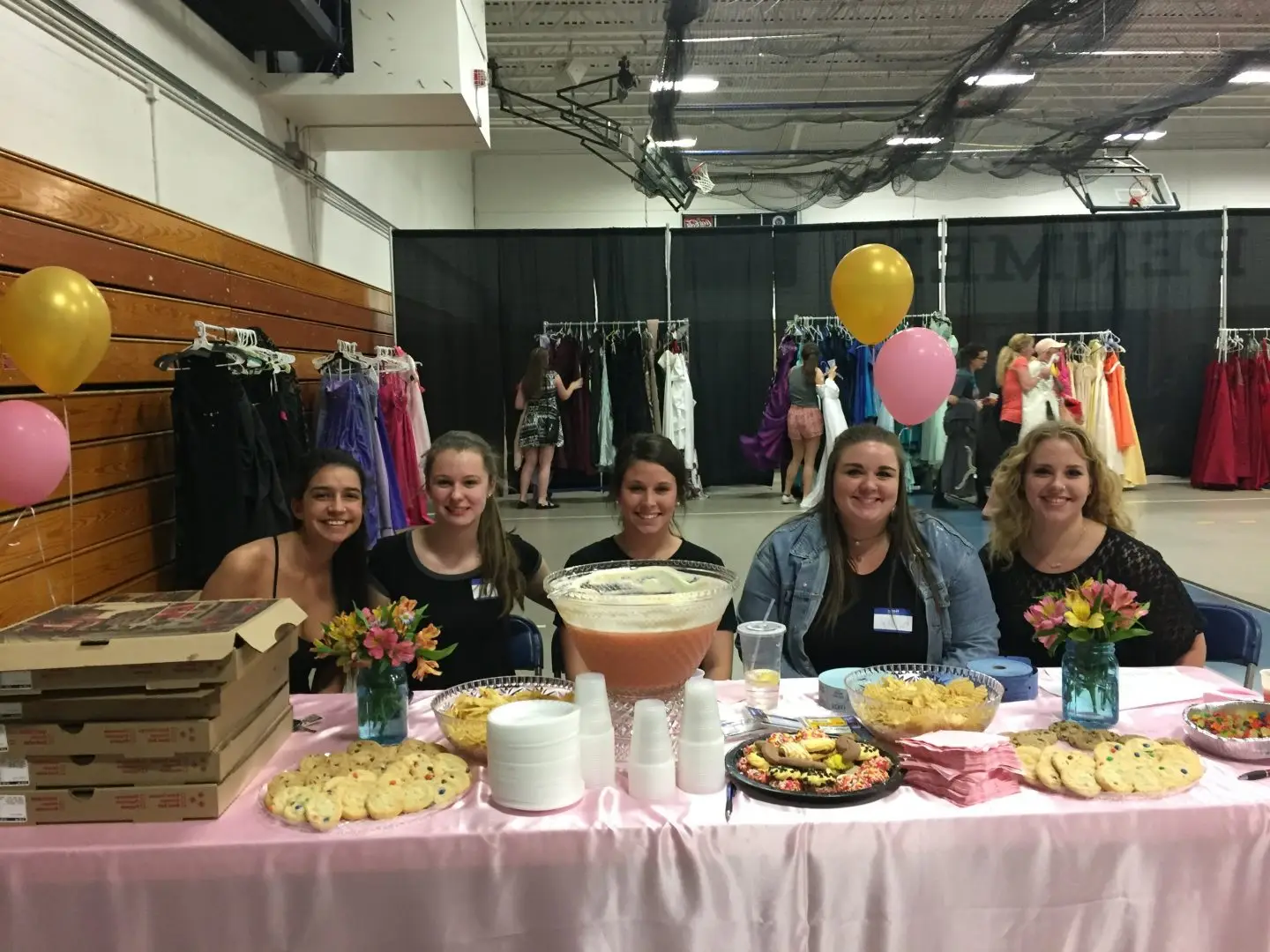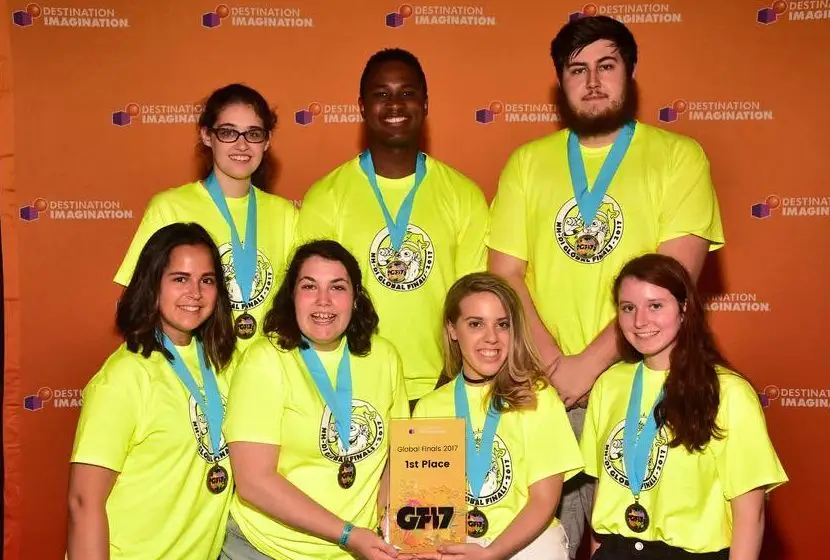As a newspaper, it is expected that the bulk of what we do, particularly in our editorial content, is talk about freedom of the press. But freedom of the press is most effective in conjunction with the other rights afforded by the First Amendment, and it is imperative that students in particular are aware of their rights and the powerful ways in which they can exercise them.
In a 2015 study conducted by the Newseum Institute, it was found that only 57 percent of people surveyed were able to say that First Amendment protects freedom of speech. Only 19 percent were able to say that it guarantees freedom of religion, and 10 percent were able to identify freedom of the press. Even more troubling, only 10 percent were able to say that the First Amendment guarantees the right of assembly, and only 2 percent were able to say it guarantees the right to petition.
These last two statistics are concerning and mind boggling: How are we as students meant to become active and engaged citizens if so many are unaware of what that actually means? How do we embody these rights that so many people are unaware of?
Thanks to University President Paul LeBlanc who funded a trip to March For Our Lives in Washington D.C., 53 SNHU students, staff and faculty members rallied with hundreds of thousands people exercising their First Amendment right to peaceful assembly, fighting for common sense gun control in direct response to the recent events in Parkland, Florida, as well as the gun violence that’s been plaguing the U.S. over the past several decades.
The students from Marjory Stoneman Douglas High School have spent the past month and a half educating the world on what it’s like to live through a school shooting, and lose many friends and mentors along the way. One event changed them and forced them prematurely into adulthood. It’s safe to say that they’ve exceeded all expectations. Now, the names and faces of students such as Emma Gonzalez are recognized as spokespeople protesting gun violence, and countless people are drawing inspiration from their strength.
Though they lived and learned through this tragedy, they are working diligently to make sure other people don’t have to live through a similar tragedy. We can and should all be activists and we shouldn’t wait until we encounter tragedy in our own lives. These students, many of them too young to even vote, are doing more than so many other American citizens.
These students organized and carried out March For Our Lives in D.C. with grace and passion, and inspired other students around the world to lead more than 800 sister marches.
These marchers turned to social media to vocalize their beliefs. Hashtags including MarchForOurLives, VoteThemOut and ImWithHer, in support of Parkland student, survivor and activist Emma Gonzalez, were trending on Twitter this weekend. In this way, social media is acting as a digital form of assembly and opening the doors for new forms of petition.
By no means is forms of action such as “clicktivism” the only way we can participate, but it is a key tool in highlighting all the ways in which one can not only become engaged, but educated.
It is impossible then to be silent. Indifference is unacceptable. Active citizenship has to include activism.
Knowing the content of the First Amendment is one thing, but understanding its meaning and living in that truth is another. Regardless of political stance, it is our responsibility to be active and engaged in the causes and politics we believe in.
The rhetoric regarding the Millennial Generation is that we will not actually be the ones to save the world. That Generation Z will be responsible for the heavy lifting. Maybe they are right. But that doesn’t mean we are off the hook. It is our job then to set any example we can, to support them in any way we can, to show up and be active in any way we can for creating the world we want to see.




